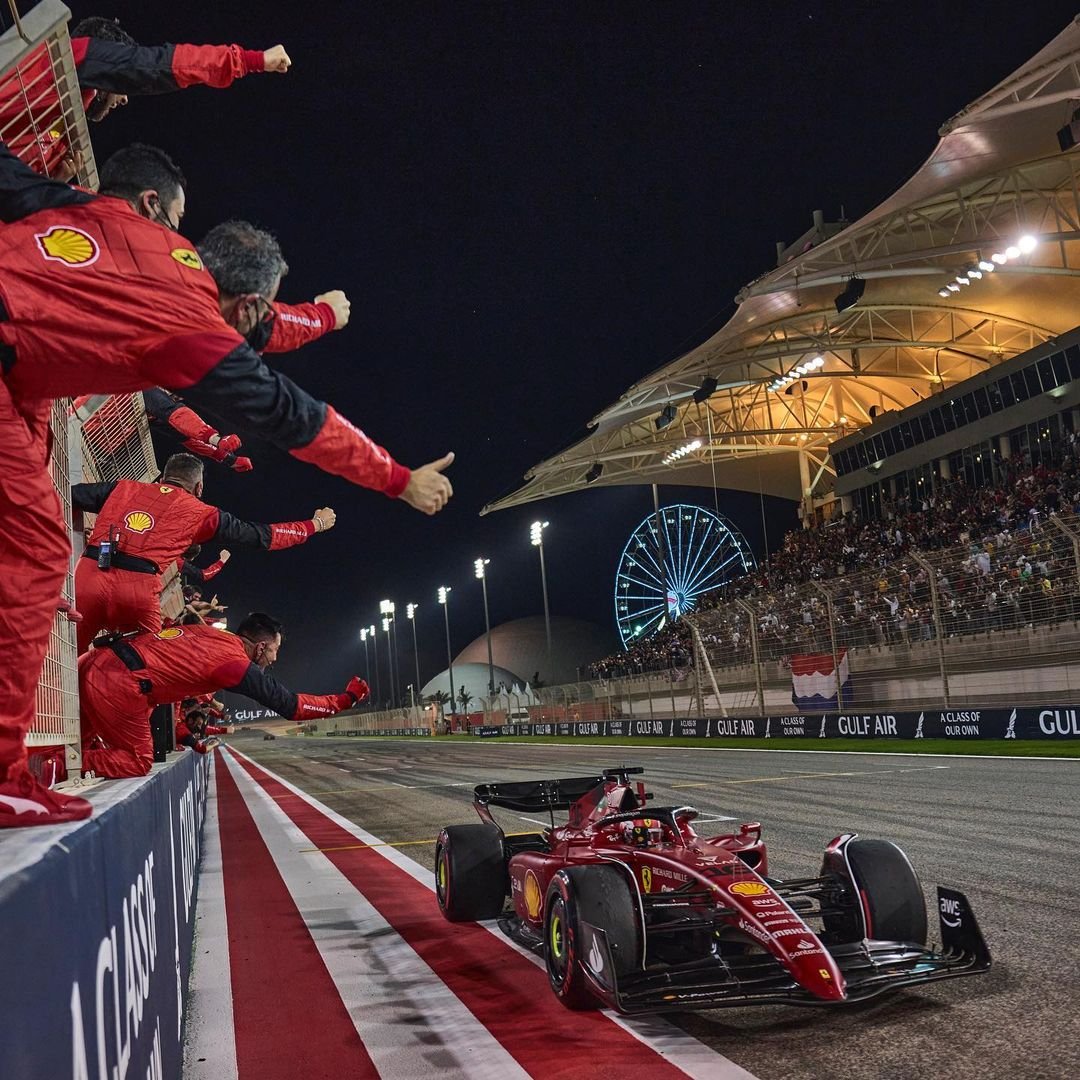Unfortunately, we have seen several times in sports that it takes until a major tragedy for organizations to take the necessary measures to ensure their competitor’s safety. Last week, the NFL looked amateurish with its concussion protocol that is indeed one decade old. Or was it wrongly applied in the case of Tua Tagovailoa (ASM/USA)?
The Miami Dolphins quarterback clearly showed signs that can be related to a concussion, as he appeared to be dizzy and his motor functions impaired, as he fell down a few seconds after he stood up. Nevertheless, he was allowed to continue playing.
Four days later, he suffered another tackle that made his head bang the field. He then lost some motor functions, as he la in the floor with his arms locked and fingers “fencing”, a major symptom of concussion, often seen in very severe cases.
The 2011 protocol states that if a players demonstrates “gross motor instability that is determined by the team physician, in Consultation with the UNC (Unaffiliated Neurotrauma Consultant), to be neurologically caused”, should be deemed a “No-Go” to continue the game, after a sideline survey.
The sideline survey is a standard that has been used in several sports and includes questions about the time and place, among others. This also includes an evaluation of coordination. Tagovailoa clearly showed motor instability in the first game, although the UNC deemed it to be due to a back hyperextension, and he was allowed to play the rest of the game, and then to play against the Bengals four days later.
As a reference, in several US states, a boxer is immediately suspended for 15 days at least following a knockout, and some KOs can make a fighter be suspended for months even. Aussie Rules Football -which does not use helmets- also suspends the players from the following games if they show signs of concussion.
There was clearly a mistake made there, and unfortunately, impacts like these can have devastating consequences in an individual’s life and can be indeed deadly or life-changing. We must not speculate on Tua’s prognosis and hope for the best. But even if it turns out just to be a scare, that does not mean some things need to change.
The NFL Players Association and the NFL have announced that the protocol would change and now -pending approval- it “will rule out players who exhibit gross motor instability as Tua Tagovailoa did during the Dolphins’ Week 3 game against the Bills, regardless of any possible contributing factors” (NFL). Basically, the upgrade here is that there is no “back injury” excuse to be used in the future to allow a player to be on the field.
What is still pending is an upgrade where the players would not be allowed to play the following games after a concussion, which was, in fact, the most important mistake made in this case. Of course, for the NFL it is easy to wash their hands and use the UNC as a scapegoat, but the main mistake is not being addressed here.
Meanwhile, Tua is out for week 5. A correct decision in the meantime, but he should not be rushed to play in week 6 or even for the rest of the season.
What is more incredible is that the Miami Dolphins Head Coach, Mike McDonald, said just today that “I am very very confident (that Tua was not at risk of re-injury)”. Very scary indeed and not the way things should be handled.





